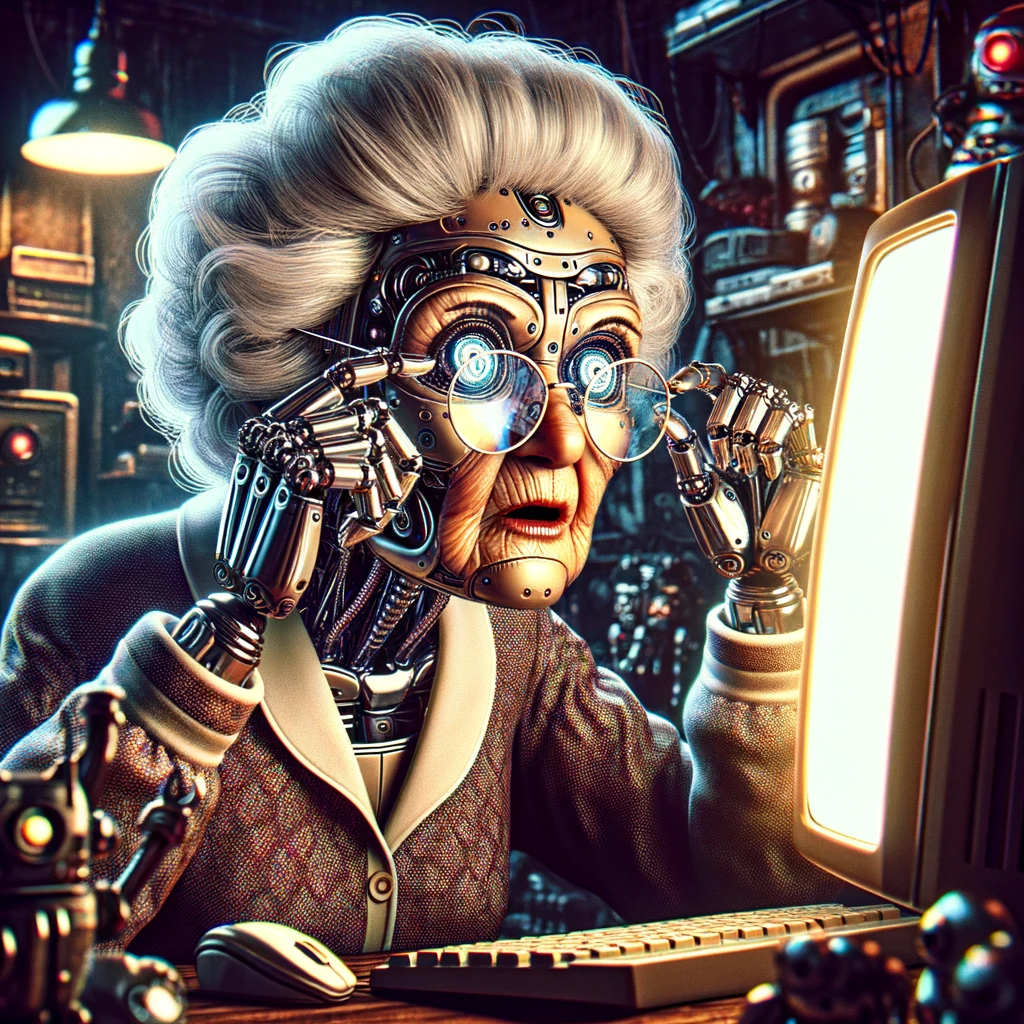(english translation below)
künstler arbeiten mit technologie. immer schon und immerdar. mein pinsel war sehr bald schon nicht mehr mein finger, meine geschichten fanden sich bald in rollen und codices, und die bildung eines inneren gebäudes, welches einen schaffenden trägt, ihm die hand reicht und den rahmen gibt für zukünftige werke, ist immer schon zum großteil technologisch vermittelt gewesen. man kann sich eine frühzeit vorstellen, und tut das auch, in der geschichten nur erzählt und nicht gelesen wurden, in der künstlerisches wissen allein von person zu person weitergereicht wurde; doch die begrenzheit dieser methode entspricht nicht den realitäten der letzten zehntausend jahre. man könnte also meinen, dass kunst etwas ist, das immer im wechselspiel mit der technologie stattfindet. man könnte meinen, dass dann die künstler sich mit den aktuellen künstlichen intelligenzen, welche bilder und texte erstellen können, anfreunden sollten und dies als einen weiteren graduellen schritt im fließen dieser nunmal so veränderbaren welt akzeptieren sollten. ihnen wird vermutlich nichts anderes übrig bleiben, sie werden sich daran gewöhnen, und es wird weiterhin kunst geben. daher ist es müßig, die moralische fragen zu stellen. aber es muss der hinweis erlaubt sein, dass hier eine quantitative dimension langsam in eine qualitative umzuschlagen scheint. ja, die technologie war immer teil des schaffensprozesses; doch war es auch der handwerkliche prozess des werkens. und dieser geht nun zunehmend verloren. das praktikum, der prozess der händischen formung war immer essentiell, ohne dass es den meisten allzu bewusst geworden wäre. nicht zuletzt bedeutete er vor allem latenz, verzögerung, raum für entfaltung und verbindung der ideen im hintergrund. während der künstler mit dem niederschreiben, dem polieren, dem ausstaffieren beschäftigt war, formte sich in ihm das werk. in einer welt, in welcher dieser ablauf keinen puffer mehr findet, wo der wattebausch des bauens entfällt, weil die computer ihn erledigen, ändert sich auch der schaffensprozess. der künstler hat zu schauen, dass er hinterherkommt. die maschine treibt ihn vor sich her. es gibt daran nichts zu beklagen; aus der heutigen perspektive wird ja im selben sinne explizit, dass der formierungsprozess früher gewiss die meiste zeit zu lange dauerte und so die kreativität sich selber überließ, angestaut mit ideen, prall wie der euter einer milchkuh, ein schmerzlicher stau aufgrund der langsamkeit der hand. die gefahr der gedankenfäulnis ist immer dort, wo der künstler nicht handwerker genug ist. daher muss der schluss sein, dass vielmehr die balance der beiden akteuere hand und hirn das wesentliche ist. das ändert jedoch nichts an der verschiebung; und der einsicht in die tatsache, dass diese balance nicht willentlich designed werden kann: der schaffende hat nur begrenzt einfluss auf den schaffensprozess, weil dessen explizitmachung zum kreativtod führen kann. der blick in die eingeweide des unmittelbaren vorgangs offenbart nur zahnräder, keine heinzelmännchen. der künstler muss sich darauf einstellen und sich (wie alle anderen) bereitmachen für turbulente zeiten.
—
—
Artists have always worked with technology, and will continue to do so. My brush very quickly ceased to be my finger, and my stories soon found themselves in scrolls and codices. The formation of an inner structure that supports a creative person, lends them a hand, and provides a framework for future works has always been largely technologically mediated. One can imagine, and indeed does, an early period in which stories were only told and not read, in which artistic knowledge was passed on solely from person to person; but the limitations of this method do not correspond to the realities of the last ten thousand years. One could therefore think that art is something that always takes place in interplay with technology. One might think that artists should then befriend the current artificial intelligences that can create images and texts, and accept this as another gradual step in the flow of this ever-changing world. They will presumably have no other choice; they will get used to it, and there will continue to be art. Therefore, it is futile to open up a moral discussion. But it must be allowed to point out that here a quantitative dimension seems to be slowly tipping over into a qualitative one. Yes, technology has always been part of the creative process; but so has the artisanal process of crafting. And this is now increasingly being lost. The practicum, the process of manual shaping, was always essential, without most people becoming too aware of it. Not least, it meant above all latency, delay, space for the unfolding and connection of ideas in the background. While the artist was busy writing, polishing, and furnishing, the work was forming within them. In a world where this process no longer finds any buffer, where the cotton swab of construction is omitted because the computers take care of it, the creative process also changes. The artist has to see that he keeps up. The machine drives him before it. There is nothing to complain about; from today’s perspective, it becomes explicit in the same sense that the formation process certainly took too long in the past, thus leaving creativity to itself, dammed up with ideas, swollen like the udder of a dairy cow, a painful backlog due to the slowness of the hand. The danger of thought rot is always there where the artist is not enough of a craftsman. Therefore, the conclusion must be that the balance of the two actors, hand and brain, is the essential thing. However, this does not change the shift; and the insight into the fact that this balance cannot be willfully designed: the creator has only limited influence on the creative process, because making it explicit can lead to creative death. Looking into the bowels of the immediate process reveals only gears, no gnomes. The artist must adjust to this and prepare themselves (like everyone else) for turbulent times.

Kommentare von stephan